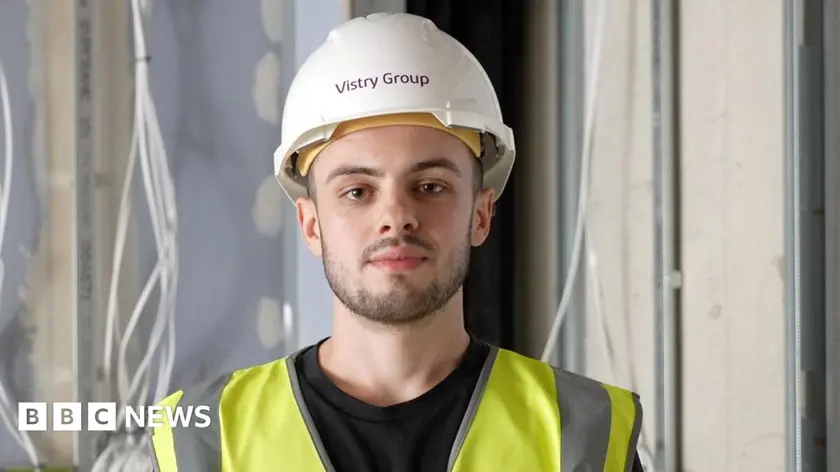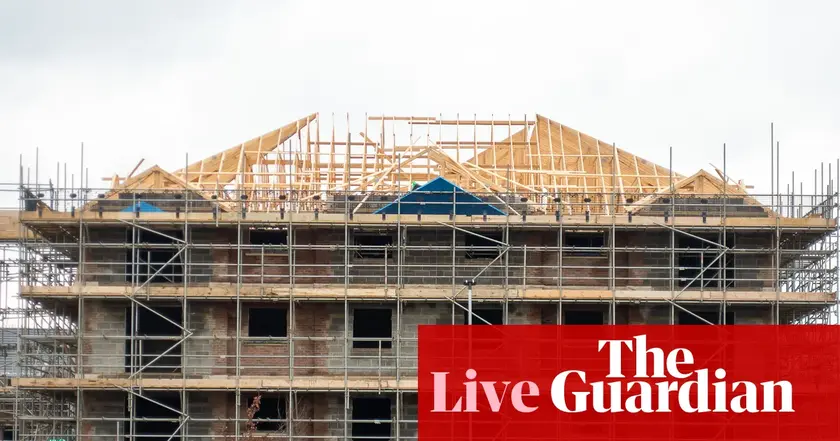T4K3.news
Workforce shortages threaten housing plan delivery
BBC London reports thousands more construction workers are needed each year to retrofit homes under the Warm Homes Plan, with government funding to train up to 60,000 workers by 2029.

BBC London examines the challenge of hiring thousands of construction workers to meet the Warm Homes Plan goals.
Workforce shortages threaten housing plan delivery
An estimated extra 140,000 construction workers would be needed each year for the next five years to retrofit all social and private homes under the Warm Homes Plan. The plan aims to cut bills and reduce fuel poverty by insulating and upgrading five million homes over five years, a target Labour has highlighted in its manifesto. Independent forecasts from the Construction Industry Training Board also project a need for about 61,000 new workers annually to meet the government’s goal of 1.5 million new homes by 2030. To address skills shortages, the government says it will invest £600 million to train up to 60,000 engineers, bricklayers, electricians, and joiners by 2029.
The figures reveal a gap between ambition and practical capacity. Policy promises depend on turning plans into a steady stream of skilled workers, a challenge that could affect the pace of home upgrades and the broader aim of lower energy bills for families.
Key Takeaways
"Skilled trades are the hinge on which the plan turns"
industry analyst emphasizing the labor bottleneck
"This investment could unlock better bills for families"
policy advocate highlighting outcomes
"If the program stalls, homeowners feel the delay in warmer homes"
public impact perspective
The core tension is clear: big policy aims demand a large, long-term labor pipeline that the construction market may not canningly supply. Without a robust training and recruitment program, even well-funded plans can stall. This situation puts political leaders under pressure to show results quickly, while also convincing taxpayers that the cost of training is money well spent. The coming months will test whether funding announcements translate into real jobs on site and tangible improvements in people’s heating bills.
Highlights
- Plans need people to move from paper to bricks
- Training is money that pays back in warmer homes
- Without workers the targets stay on the drawing board
- Investment in skills equals savings on bills for families
Budget and political risk to housing plan
The success of the Warm Homes Plan hinges on a steady, funded pipeline of skilled workers. Without enough tradespeople, ambitious targets may slide, raising questions about budget allocation and political commitment.
Policy momentum will hinge on turning training promises into a steady flow of on-site workers.
Enjoyed this? Let your friends know!
Related News

NHS doctor reveals frontline racism and strain

UK construction activity sees sharpest drop in five years

Israeli minister confronts Palestinian detainee in prison clip

Wrexham bin strikes set to disrupt services

Life saved then lost prompts health action

NASA workers issue warning over budget cuts

AI threatens white-collar jobs in the UK

Texas Democrats Travel to California as GOP Vows Escalation
